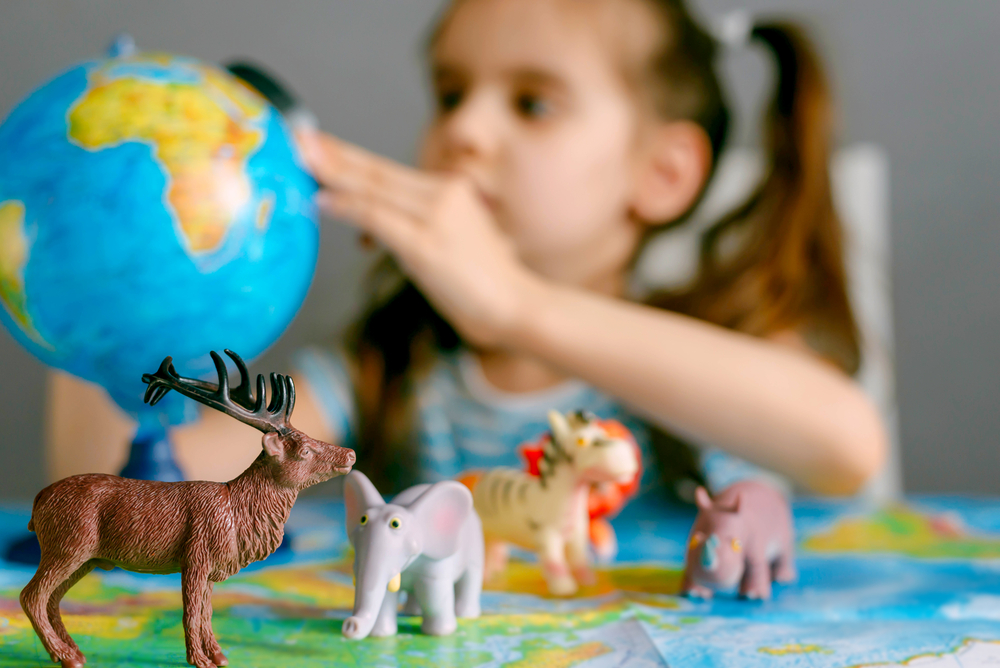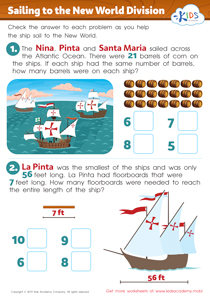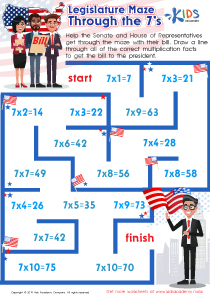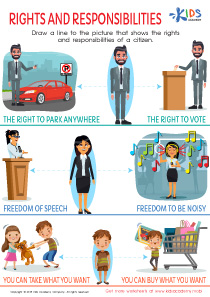Map reading Normal Geography Worksheets for Ages 6-9
3 filtered results
-
From - To
Explore the wonders of geography with our engaging "Map Reading Normal Geography Worksheets" designed specifically for children aged 6-9. These worksheets help young learners develop essential map reading skills, fostering curiosity about the world around them. Each activity encourages critical thinking and spatial awareness as kids discover landmarks, interpret symbols, and understand directions. Ideal for enriching classroom lessons or home education, our resources make learning fun and interactive. With vibrant illustrations and age-appropriate content, these worksheets are perfect for nurturing a love for geography. Join the adventure and empower your students with the tools they need to navigate our diverse planet!
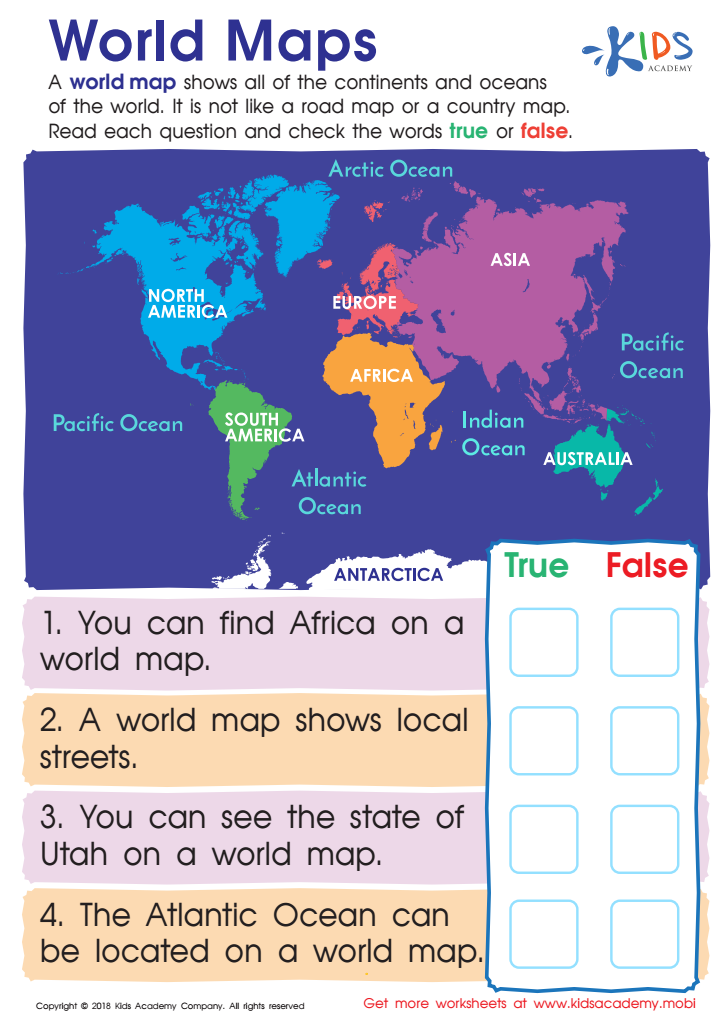

World Maps Worksheet
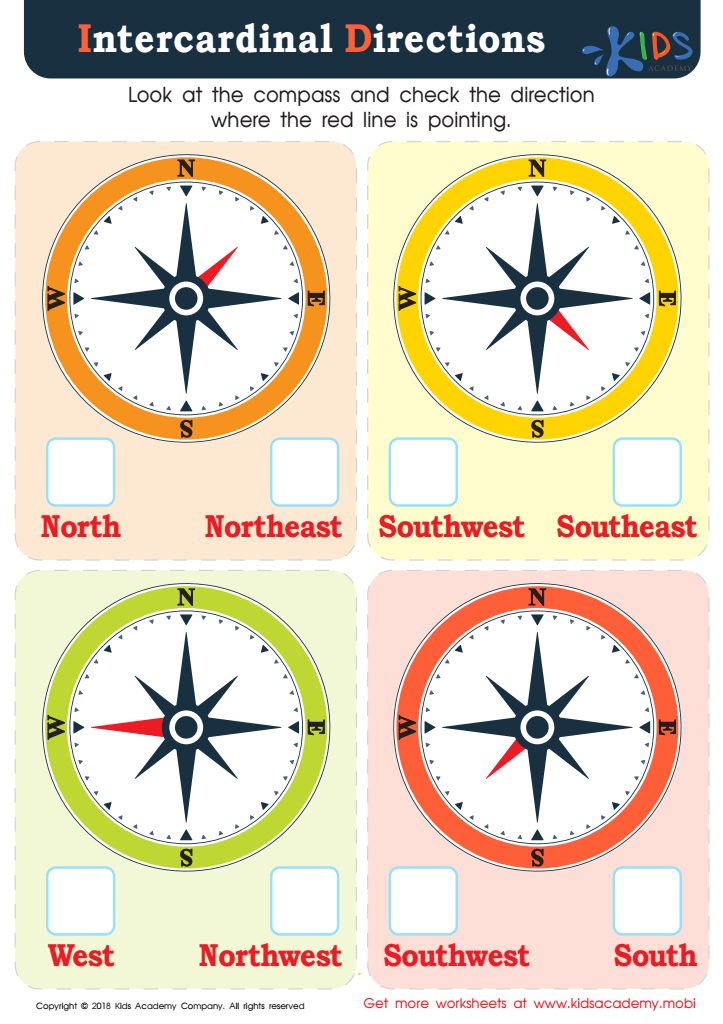

Intercardinal Directions Worksheet
Map reading and geography are crucial skills for children aged 6 to 9, and parents and teachers should prioritize them for several reasons. First, these skills foster spatial awareness, helping children understand where they fit in the world. This knowledge reinforces their connection to their community, country, and the planet. By learning about maps and geography, children develop problem-solving and critical-thinking skills as they navigate and interpret different symbols, scales, and perspectives.
Additionally, map reading promotes curiosity about diverse cultures and environments, deepening their appreciation for global diversity. Engaging with geographical concepts enhances communication skills, as children learn to articulate directions, describe locations, and comprehend various forms of representation like globes, digital maps, and diagrams.
Furthermore, real-world applications, such as planning a trip or understanding local landmarks, make map reading a valuable life skill. As technology evolves, digital literacy, including using online maps and GPS systems, also becomes increasingly relevant.
Ultimately, fostering map reading and geography in early education equips children with foundational skills that are essential for their future learning and everyday decision-making, helping them become informed, responsible global citizens. Parents and teachers play a crucial role in guiding their exploration of the world through these essential tools.
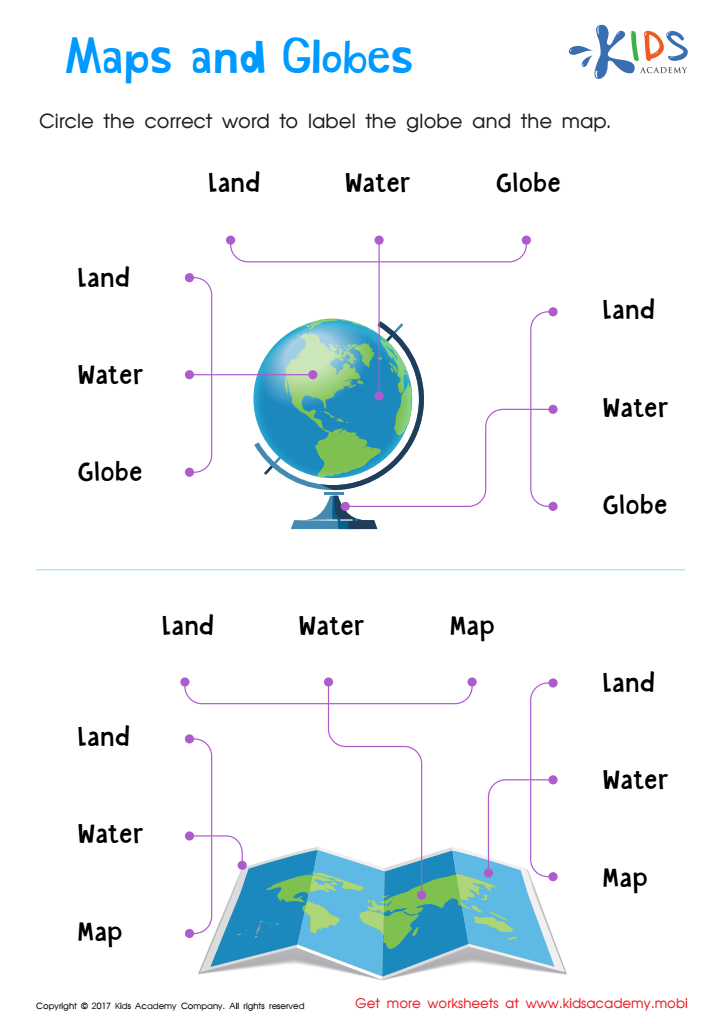
 Assign to My Students
Assign to My Students





